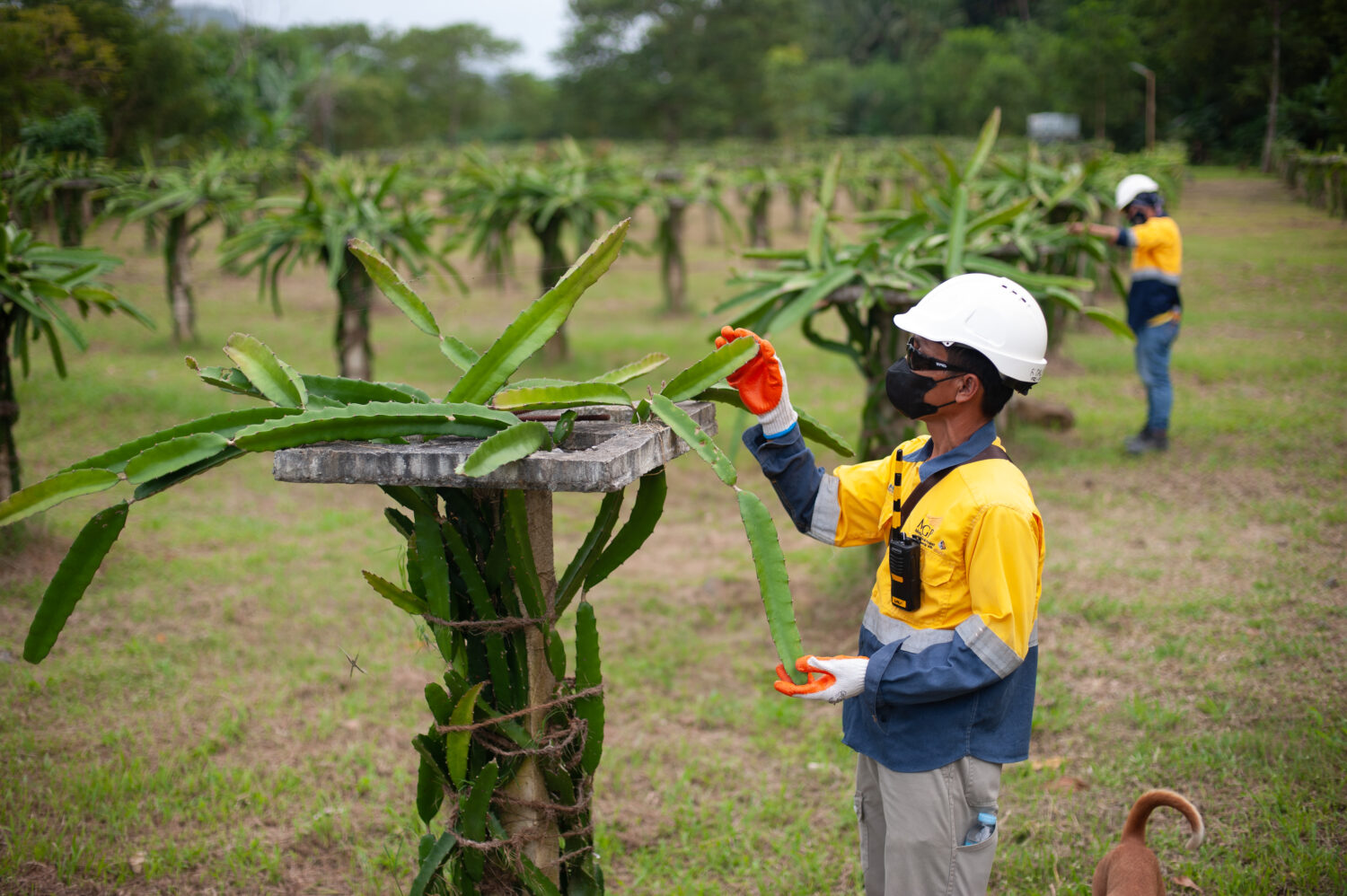 https://earth-investment.com/wp-content/uploads/2024/03/Syndicate-32-1500x998.jpg
https://earth-investment.com/wp-content/uploads/2024/03/Syndicate-32-1500x998.jpg
Home »

Pereshia Berlenbach, Partner and Chief Sustainable Finance Officer
These infographics highlight key factors considered in the “EESG” analysis—economic, environmental, social, and governance—for the Earth Strategic Resources Fund. The team’s technical expertise adds detail to the analysis, which applies to at least 51% of the stocks reviewed for the fund.
How do you define sustainability in a mining context?
We refer often to Onn & Woodley who in a research paper from 2014, reported 70 different definitions for “sustainability” and more than 100 for “sustainable development” each with varying levels of complexity and sometimes used interchangeably. In their study they focused on 11 definitions of sustainability in the context of mining, subdivided into three groups. The first is perpetual sustainability, which in a mining context focuses on shareholder benefits and the continuation of the business itself. The second is transferable sustainability, which looks more to the stakeholders outside of the business, with the third going further still, to the broader intergenerational environment and termed transitional sustainability.
What is ESG and where can I find a glossary of sustainability terms?
Swiss Sustainable Finance defines ESG as follows: “ESG stands for Environmental (e.g. energy consumption, water usage), Social (e.g. talent attraction, supply chain management) and Governance (e.g. remuneration policies, board governance). ESG factors form the basis for the different sustainable investing approaches.”
Swiss Sustainable Finance also has an online glossary of terms related to sustainable finance and sustainable investments, which can be found under this link: https://www.sustainablefinance.ch/en/resources/what-sustainable-finance/glossary.html
What are critical raw materials?
The European Commission provides the following information in their Sepetmber 2020 report: “Those raw materials that are most important economically and have a high supply risk are called critical raw materials. Critical raw materials are essential to the functioning and integrity of a wide range of industrial ecosystems. Tungsten makes phones vibrate. Gallium and indium are part of light-emitting diode (LED) technology in lamps. Semiconductors need silicon metal. Hydrogen fuel cells and electrolysers need platinum group metals.”
Why are critical raw materials important and how are they determined?
The European Comission writes: “Raw materials are crucial to Europe’s economy. They form a strong industrial base, producing a broad range of goods and applications used in everyday life and modern technologies. Reliable and unhindered access to certain raw materials is a growing concern within the EU and across the globe. To address this challenge, the European Commission has created a list of critical raw materials (CRMs) for the EU, which is subject to a regular review and update.”
Economic importance to the EU as well as supply risk are the two main parameters used to determine criticality.
How many critical raw materials are there and which materials are included?
The 2023 EU list contains 34 materials, published in Annex II of the Regulation proposal COM (2023). In 2011, 14 were reported, 20 materials in 2014, 27 materials in 2017, and 30 materials in 2020.
Aluminium/Bauxite, Coking Coal, Lithium, Phosphorus, Antimony, Feldspar, Light rare earth elements, Scandium, Arsenic, Fluorspar, Magnesium, Silicon metal, Baryte, Gallium, Manganese, Strontium, Beryllium, Germanium, Natural Graphite, Tantalum, Bismuth, Hafnium, Niobium, Titanium metal, Boron/Borate, Helium, Platinum group metals, Tungsten, Cobalt, Heavy rare earth elements, Phosphate Rock, Vanadium, Copper, Nickel
What does SDG stand for?
The United Nations Develpment Programme (UNDP) website defines the Sustainable Development Goals (SDGs) as a universal call to action to end poverty, protect the planet and ensure that all people enjoy peace and prosperity by 2030. They were adopted by all United Nations Member States in 2015.
How many SDGs are there and what are they?
17.
Where can I find the sustainability-related disclosures for the Earth Strategic Resources Fund?
The sustainability-related disclosures can be found on the fund administrator’s website using this link.